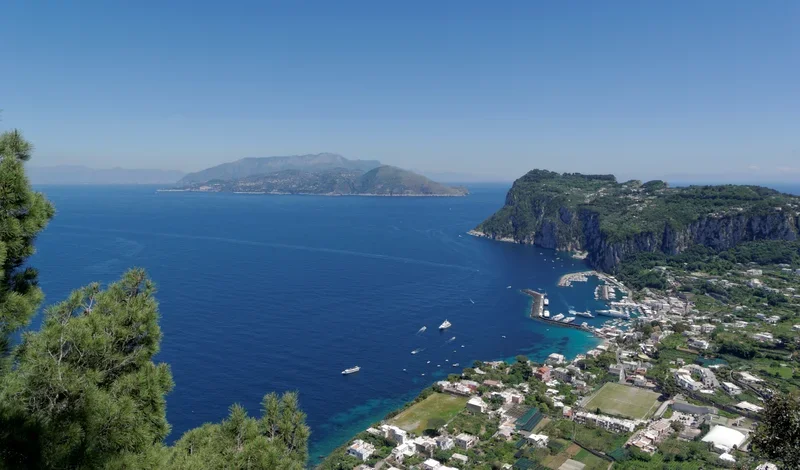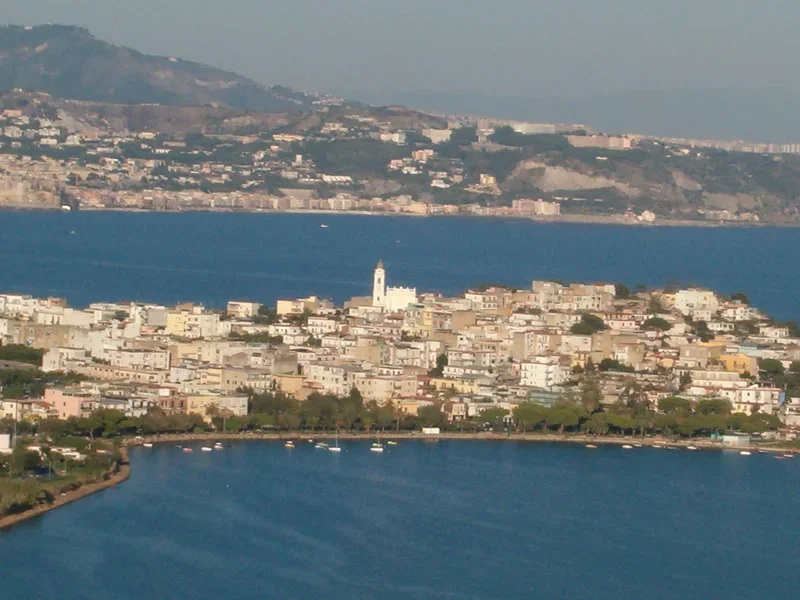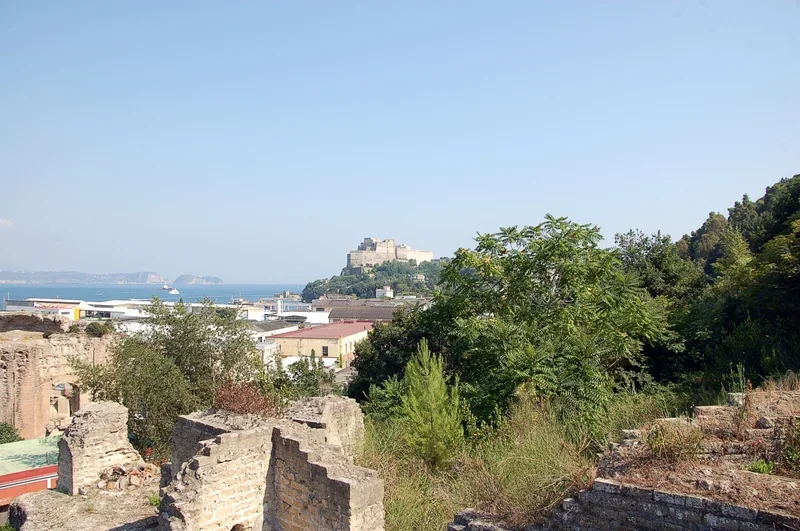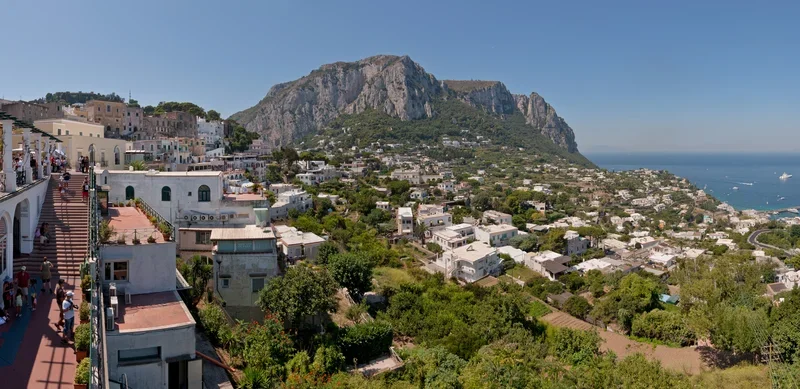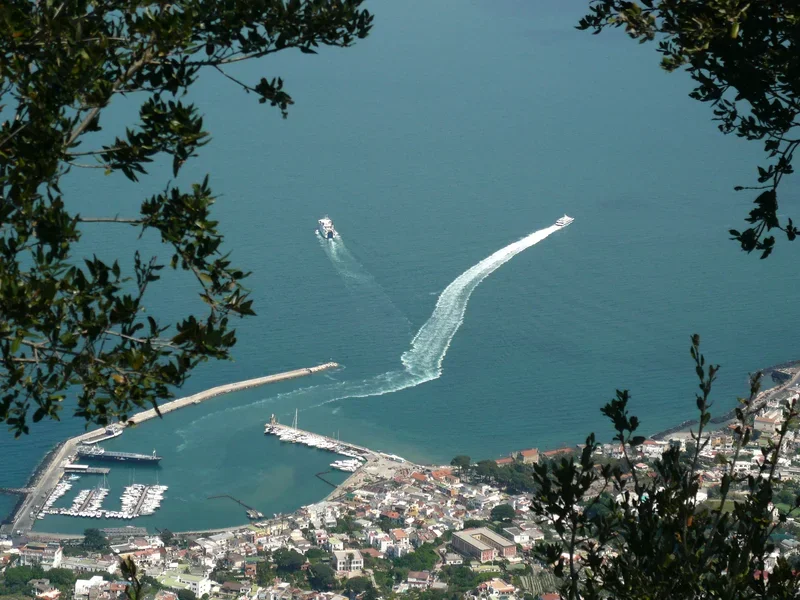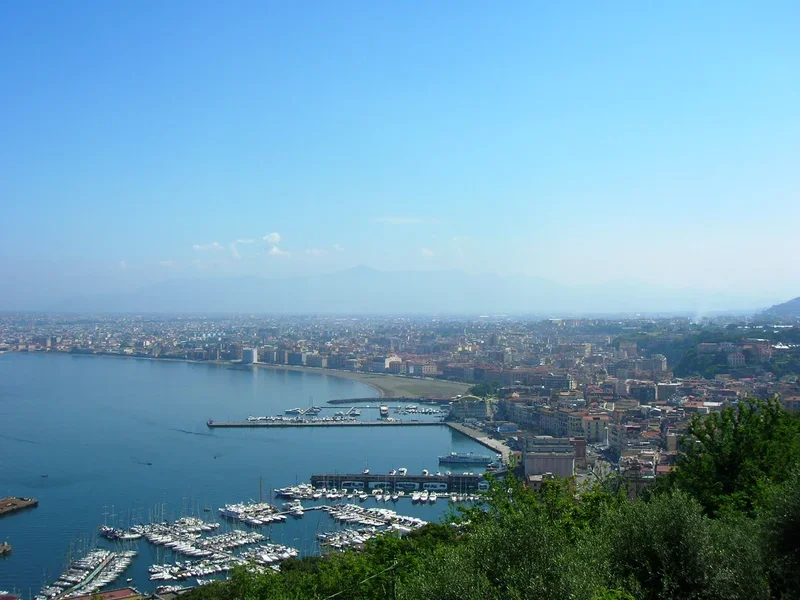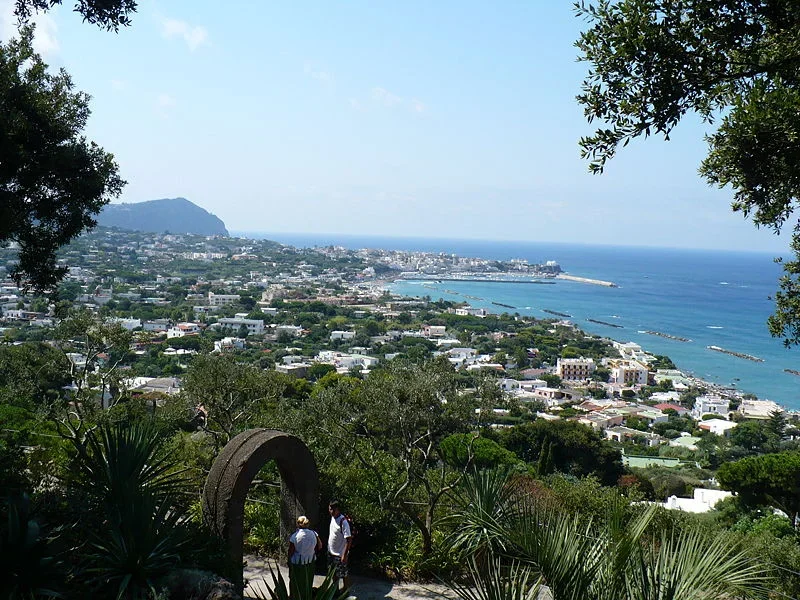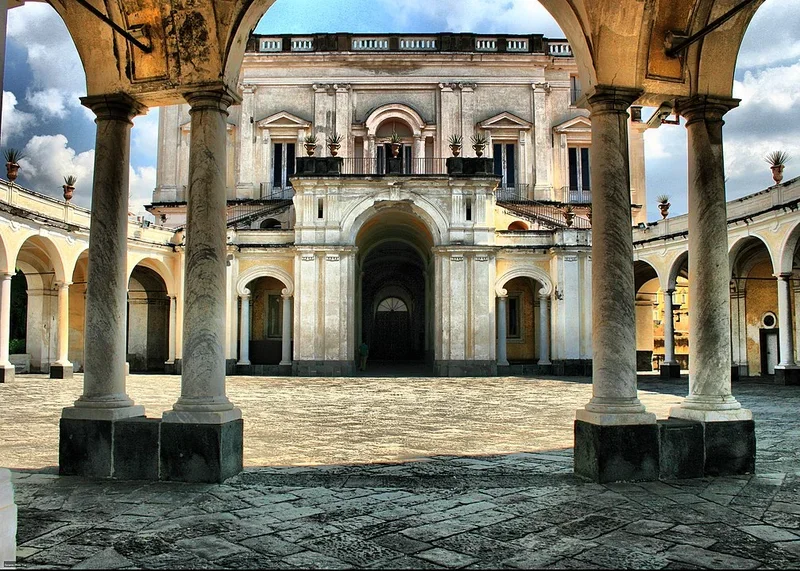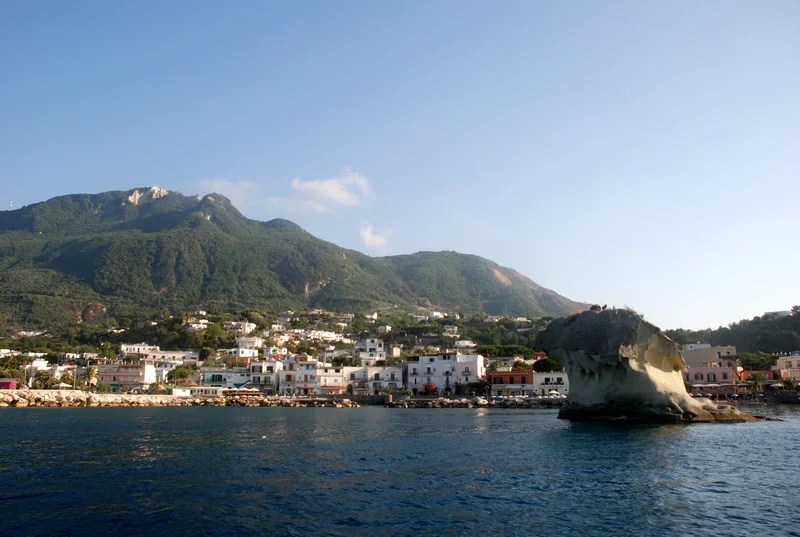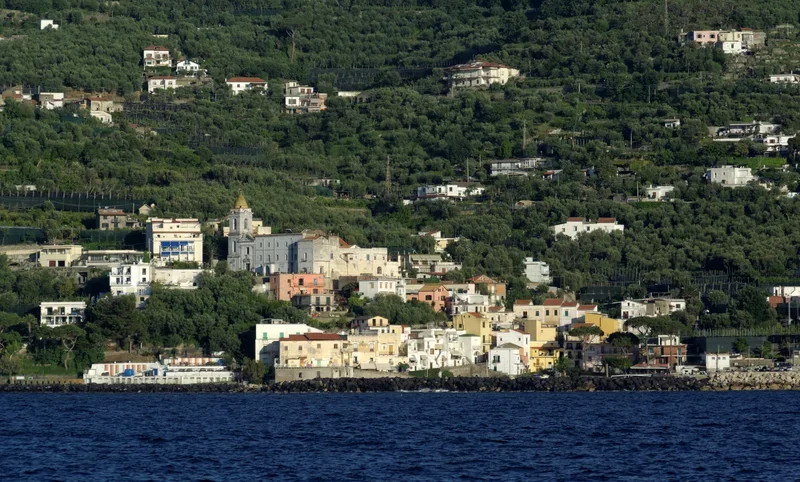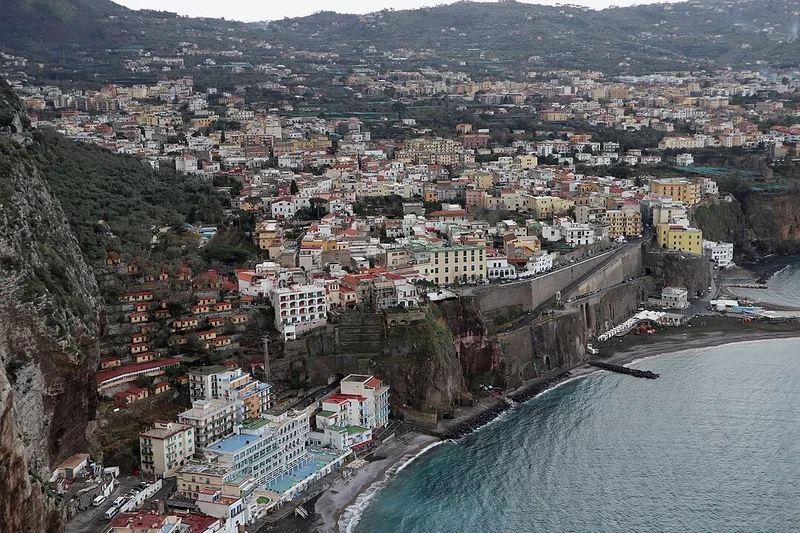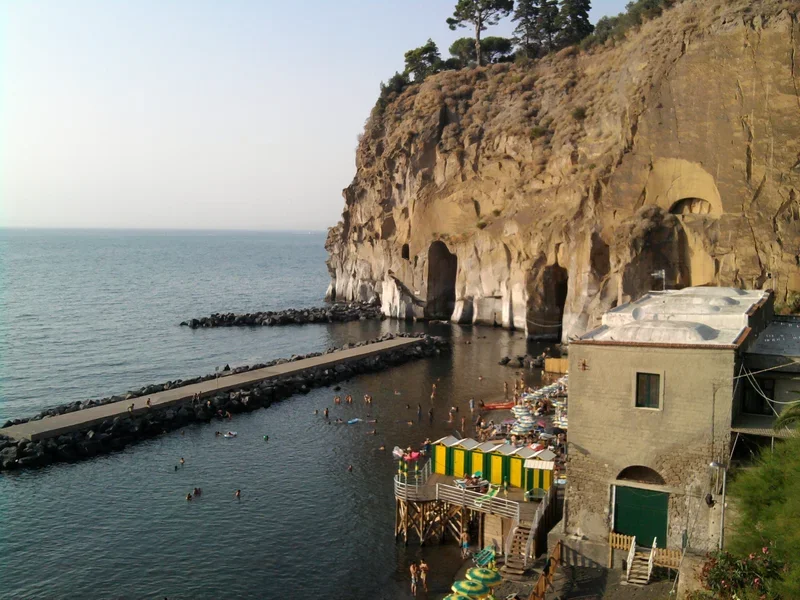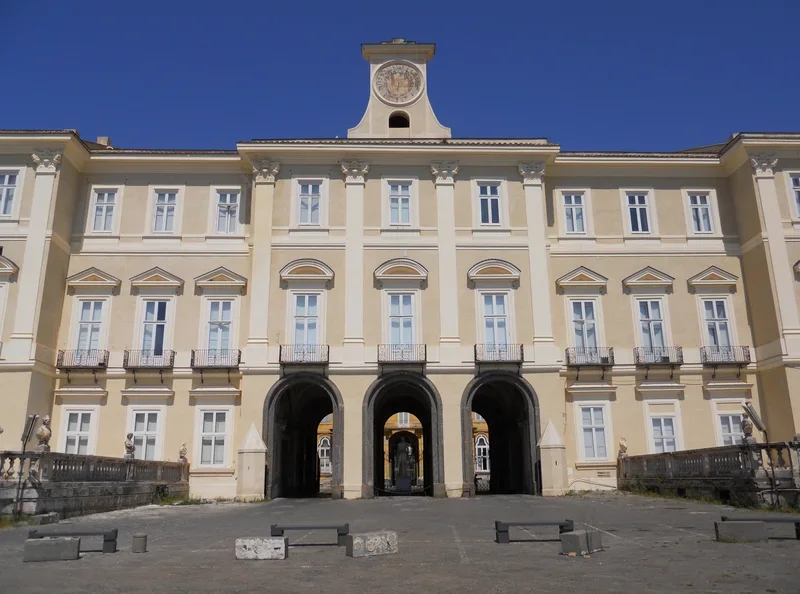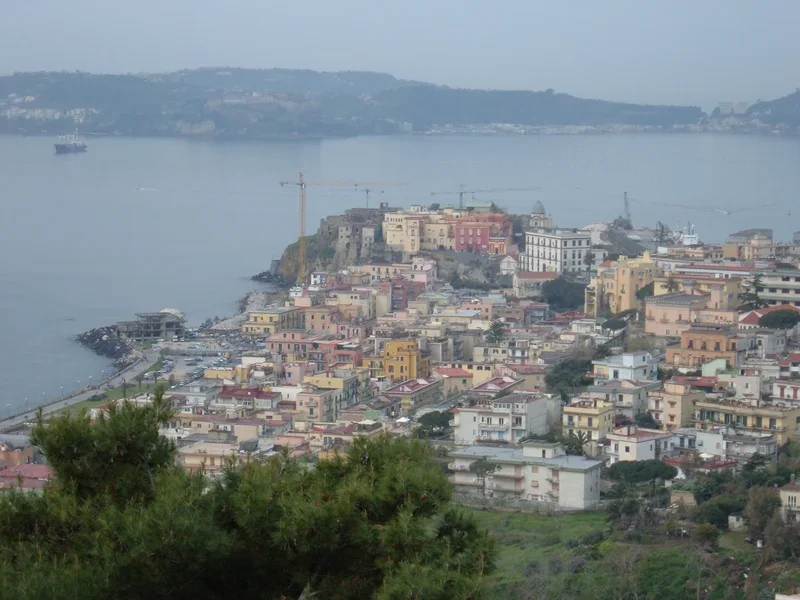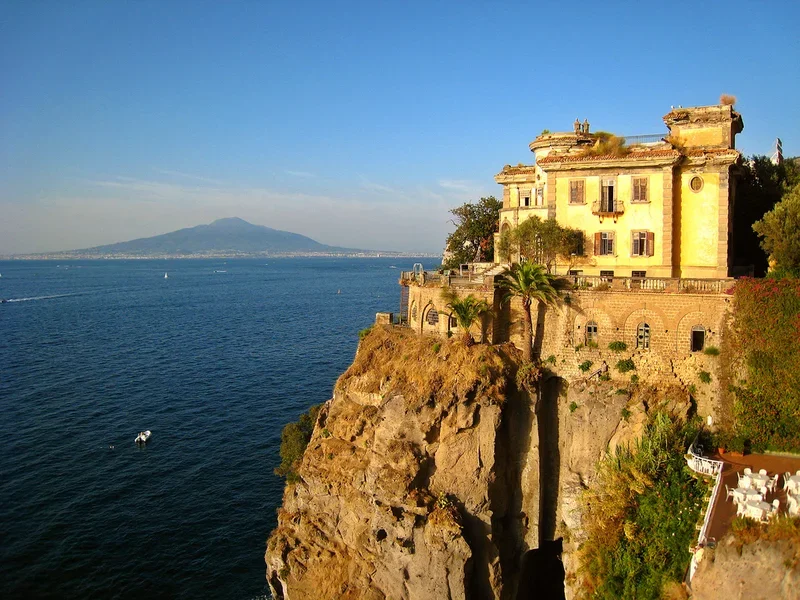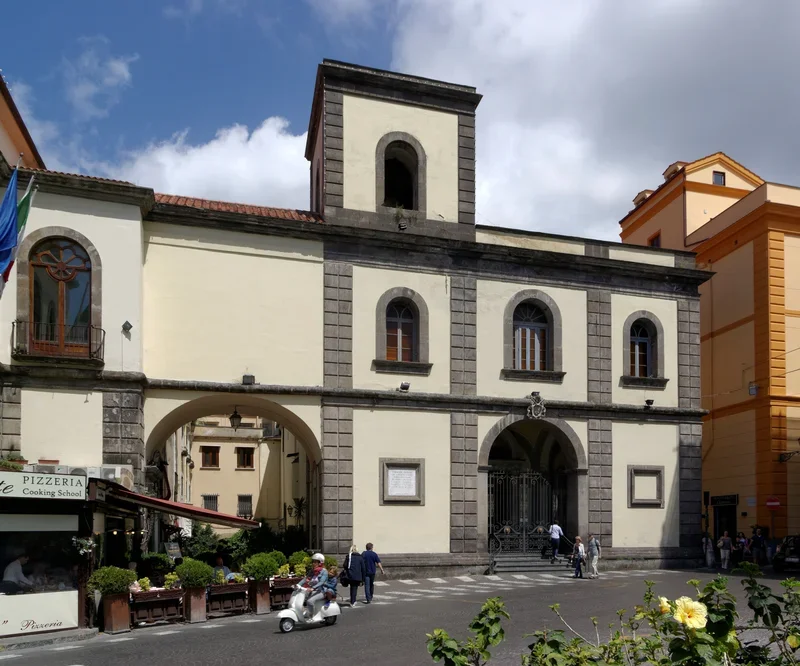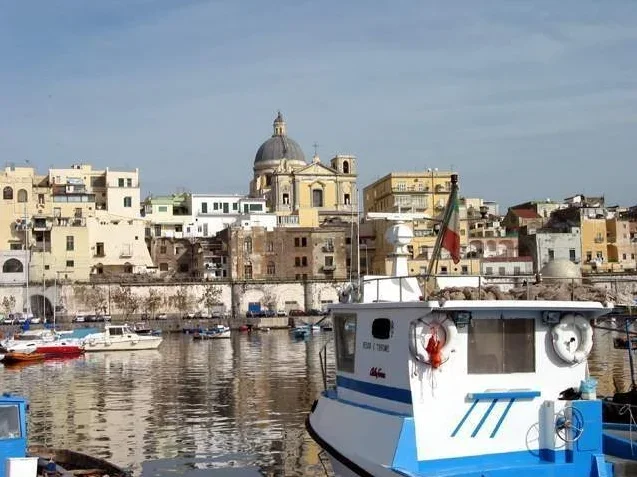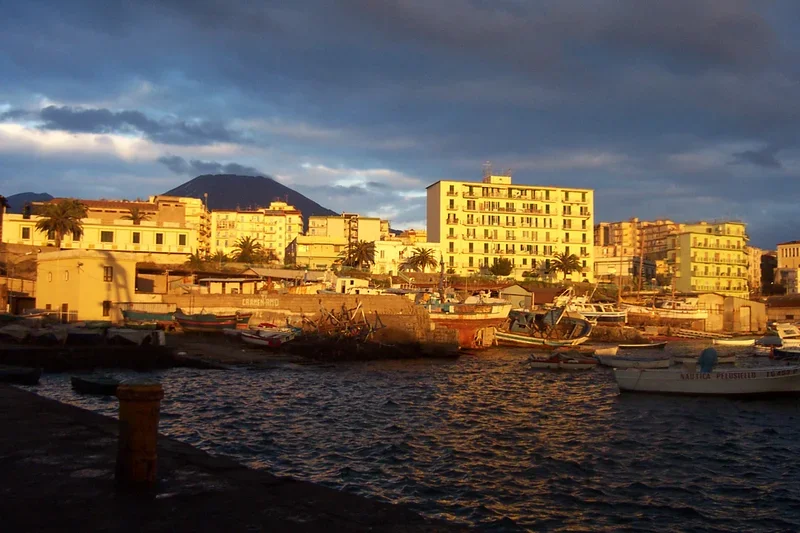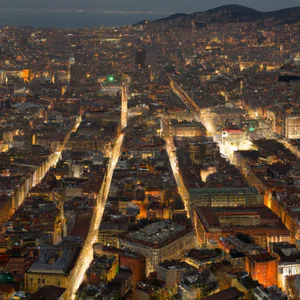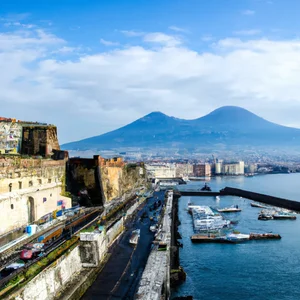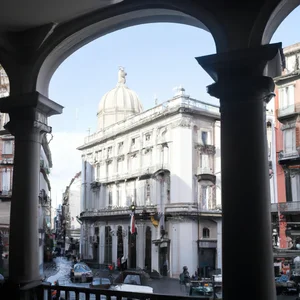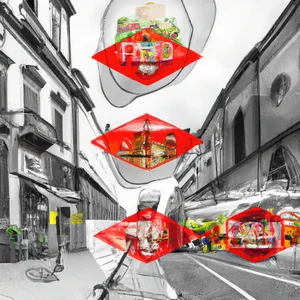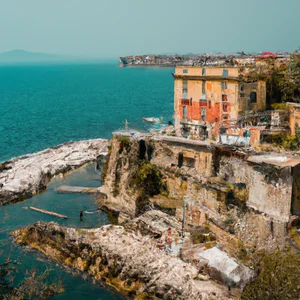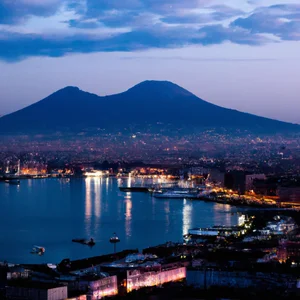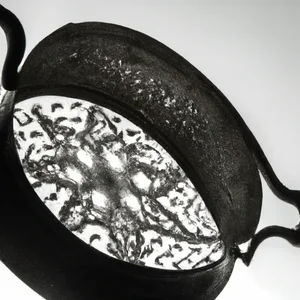Book your experience
Discover the history and beauty of the historic homes of Sorrento: Villa Manning
Sorrento, nestled between the intense blue of the Gulf of Naples and the lush hills of the Amalfi Coast, is a destination that fascinates for its thousand-year history and its natural beauty. Among its architectural wonders, Villa Manning stands out, a historic residence that tells of centuries of history and culture. In this article we aim to explore in depth the history and beauty of this villa, which is not only an extraordinary example of architecture, but also a symbol of the elegance and charm of Sorrento.
Villa Manning, with its historical origins that are rooted in the past, is a place that has seen a succession of eras and styles, reflecting the transformations of society and culture over the centuries. Through the ten points we have selected, we will delve into the details of its architecture and design, discovering how each architectural element tells a unique story. Its illustrious owners, who lived in these rooms, contributed to making Villa Manning a cultural and artistic point of reference.
The surrounding garden represents an oasis of tranquility, a place where nature blends harmoniously with art and history. We will not fail to explore the war period that marked the villa, the works of art that enrich its spaces and the events that, still today, animate this fascinating place. Finally, we will provide practical information for those who wish to visit Villa Manning and immerse themselves in its magic. Get ready to discover a corner of Sorrento that embodies the past, beauty and culture.
Historical origins of Villa Manning
An ancient noble residence in Naples
Villa Manning is a splendid historic residence located in the Posillipo district of Naples. The origins of this villa date back to the 18th century, when it was built at the behest of the Manning family, one of the most important noble families in the city. The villa served as a summer residence for the Manning family, who loved to spend the warmest months of the year away from the chaos of the city.
The panoramic position of Villa Manning, overlooking the Gulf of Naples and Vesuvius, made it the perfect place to enjoy the beauty of nature and the mild climate of the area.
Architecture and design of the Villa
Architecture
The Villa Manning, located in the Posillipo neighborhood of Naples, is an example of 19th century neoclassical architecture. Built on commission from the English consul Sir William Temple in 1816, the villa is on three levels and has an elegant white façade with Doric columns reminiscent of Greek temples.
Design
The interior of Villa Manning is characterized by sumptuous frescoed halls, decorated ceilings, marble floors and fine furnishings. The rooms are richly decorated with stucco, paintings and period furniture, creating an atmosphere of great refinement and luxury.
The villa overlooks a large terrace with a panoramic view of the Gulf of Naples, which offers breathtaking scenery to visitors. The surrounding garden is cared for down to the smallest detail, with flower beds, fountains and statues that contribute to creating an atmosphere of peace and tranquility.
The combination of neoclassical architecture, refined design and suggestive panorama make Villa Manning a true jewel of Neapolitan architecture, a place that retains its beauty and charm intact even after two centuries after its construction.
The illustrious owners of the Villa
The history of the owners of Villa Manning is full of illustrious people who have contributed to the fame and prestige of the residence over the centuries.
Villa Manning was built in the 18th century at the behest of Prince Joseph Bonaparte, brother of Napoleon Bonaparte, who wanted a luxury residence in Naples. Subsequently, the villa passed into the hands of the Manning family, a family of English origin who gave their name to the residence.
One of the most famous owners of the Villa was Sir William Hamilton, British ambassador to Naples and a great art collector. Sir William Hamilton purchased Villa Manning in the 18th century and transformed it into a true oasis of culture and refinement, enriching it with works of art and fine furnishings.
Subsequently, the Villa changed hands to various nobles and prominent personalities, until it became the heritage of the Italian State. Today, Villa Manning is a symbol of history and art, and preserves the charm and splendor of its illustrious owners intact.
The garden: an oasis of tranquility
Description
The garden of Villa Manning is a true green paradise in the heart of Naples. With an area of over 5 hectares, the garden offers visitors an experience of peace and tranquility away from the chaos of the city.
The garden is characterized by a large variety of centuries-old plants and trees, including magnolias, palms, citrus fruits and olive trees. Well-maintained paths lead visitors past flower beds, fountains and classical statues, creating a magical and relaxing atmosphere.
Activities
The garden of Villa Manning is the ideal place for a regenerating walk surrounded by nature. Botany lovers will be able to admire the numerous species of plants present, while those seeking tranquility will be able to find secluded places to sit and relax.
The garden also hosts cultural and musical events during the summer, offering guests the opportunity to enjoy outdoor shows in a suggestive and unique setting.
Tips for visiting
To fully enjoy the beauty of the Villa Manning garden, we recommend visiting it during spring or autumn, when the vegetation is in full bloom or takes on warm, welcoming colours. It is also possible to book guided tours to discover all the secrets and curiosities of the garden.
Wearing comfortable shoes and bringing a bottle of water with you are recommended to explore the garden in complete comfort. Furthermore, respecting the rules and tranquility of the place will help preserve the unique and evocative atmosphere of Villa Manning.
The Villa during the war period
The Manning Villa during the Second World War
During the war period, Villa Manning suffered serious damage due to the bombings that hit the city of Naples. The structure suffered several structural damages and many of the works of art inside the villa were lost. However, despite the damage suffered, the villa maintained its beauty and charm, becoming a symbol of resistance and resilience for the city.
Despite the serious damage suffered during the war, Villa Manning was subsequently restored and brought back to its former glory, thanks to the efforts of the owners and local institutions. Today, the villa represents an important place of memory and historical testimony, recalling the tragic events that marked the history of Naples during the Second World War.
Restorations and conservation
Restorations
Villa Manning has undergone several restoration interventions over the years to preserve its beauty and ensure its conservation. The first important intervention dates back to the 20th century, when the Villa was restored after the damage suffered during the Second World War. The interiors and exteriors were restored faithfully following the original project, recovering frescoes, period furniture and decorations.
Conservation
Today, Villa Manning is the subject of constant conservation interventions to keep its beauty intact and guarantee public enjoyment. Thanks to the support of local bodies and institutions, the Villa has been preserved over time and open to the public for guided tours, exhibitions and cultural events.
The conservation of Villa Manning is essential to keep the historical memory of Naples alive and enhance the artistic and architectural heritage of the city. Thanks to the restorations and constant care, the Villa Manning presents itself today in all its splendor, ready to welcome visitors from all over the world eager to discover its history and its wonders.
The Villa as a center cultural
The Villa Manning is not only a magnificent historic residence, but is also an important cultural center that hosts events, exhibitions and cultural celebrations.
The Villa Manning opened to the public in 2001 and has since hosted numerous art exhibitions, concerts, conferences and theater performances. Thanks to its suggestive atmosphere and its fascinating history, the Villa has become a place much appreciated by lovers of culture and art.
The Villa Manning cultural center is committed to promoting Neapolitan culture and art, offering visitors the opportunity to immerse themselves in the city's rich artistic tradition. In addition to temporary exhibitions, the Villa also hosts a permanent collection of works of art that represent the best of Neapolitan artistic production.
The Manning Villa Cultural Center also organizes special events to celebrate local holidays and commemorate significant historical events. Among the most important celebrations are the Naples Carnival, the Feast of San Gennaro and the Culture Week.
The events and celebrations organized at Villa Manning are a unique opportunity to immerse yourself in Neapolitan culture and appreciate the beauty of this extraordinary place. Thanks to its evocative atmosphere and its high-quality cultural programming, Villa Manning has become a point of reference for lovers of art and culture in Naples.
Events and celebrations at Villa Manning
Events and celebrations at Villa Manning
Villa Manning is an evocative place rich in history that hosts numerous events and celebrations throughout the year.
One of the most anticipated events is certainly the "Neapolitan Culture Festival", which is held every summer in the garden of the Villa. During this festival, visitors can immerse themselves in Neapolitan culture through performances of music, dance, theater and typical gastronomy.
Villa Manning is also the ideal place to organize weddings, corporate events and art exhibitions. Its evocative interiors and magnificent garden offer a unique and romantic setting for any type of celebration.
During the Christmas period, the Villa transforms into a real Christmas village, with markets, concerts and events for the whole family. Visitors can walk among the Christmas lights and taste typical delicacies of the Neapolitan tradition.
Villa Manning is also involved in the promotion of local culture and art, regularly hosting exhibitions of emerging artists and conferences on cultural and historical themes linked to the city of Naples.
To stay up to date on the events and celebrations scheduled at Villa Manning, you can consult the official website of the Villa or follow their profiles on social media.
The works of art kept in the Villa
A precious and varied collection
Inside Villa Manning there is a precious collection of works of art, which ranges from paintings to sculptures, from tapestries to antique furniture. Among the most famous works is a 17th century painting depicting a Neapolitan landscape, attributed to a famous painter of the time. Furthermore, the Villa houses a series of finely crafted marble sculptures, created by local 19th century artists.
The works of art present inside the Villa represent an important historical and cultural heritage of the city of Naples, contributing to enhancing the prestige and beauty of the place. Thanks to the care and conservation of the owners and industry experts, the works have been kept in excellent condition over the years, allowing visitors to admire them in all their splendor.
The variety and quality of the works of art present at Villa Manning make the visit even more interesting and evocative, offering art enthusiasts and the curious the opportunity to immerse themselves in a true artistic treasure. Each work tells a story and represents a unique piece of the artistic and cultural history of Naples, helping to make the visit to the Villa an unforgettable experience.

